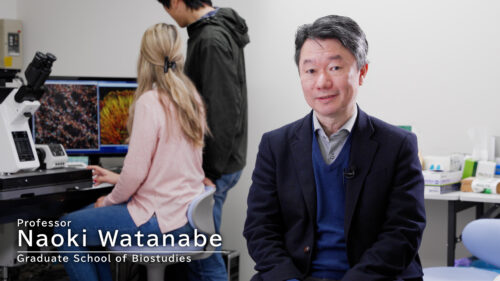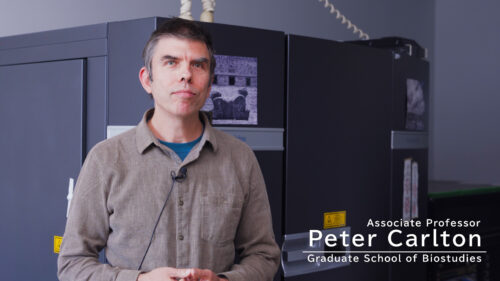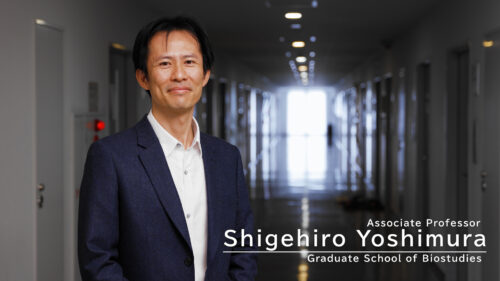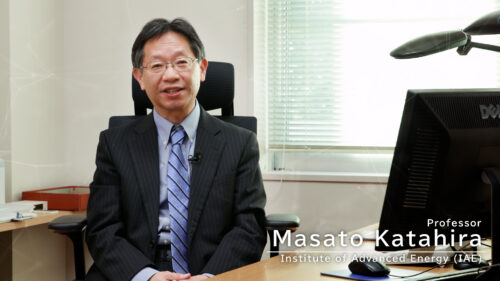Medical and Biochemical Cell Dynamics
Jun Suzuki , Professor
Institute for Integrated Cell-Material Science (iCeMS)
- Mar 14, 2023
- 6 min
Cells establish the asymmetrical distribution of molecules across membranes using ATP as an energy and quickly alter this asymmetrical distribution to adapt to the environmental changes. In the case of ions, sodium and calcium ions are exported to the extracellular space, and this electrochemical gradient is utilized to activate cells. In the case of lipids, the phospholipid phosphatidylserine (PS) is distributed restrictively to the inner side of lipid bilayers on the plasma membrane in living cells while it is exposed on the cell surface when cells are activated or undergo cell death. The exposed PS is used as a scaffold for chemical reaction or a signal for removal of dead cells. When PS is exposed from the inner side, cell surface lipids such as phosphatidylcholine and sphingomyelin are internalized. Because lipids are non-specifically and bi-directionally distributed, this process is called lipid scrambling and proteins responsible for this process are called scramblases. However, the molecular identity of scramblases was unknown for decades. To unveil the secrets of lipid scrambling, we used unbiased screening approaches and identified the long-sought after scramblase(s), their chaperones, activators, and regulators. To identify such factors from dying cells, we have also developed new screening systems. Simultaneously, we have focused on how tissues regulate balance between elimination of unwanted cells and generation of new cells, which is a process we call cellular renovation. Moreover, we try to artificially eliminate unwanted cells which were not eliminated during cellular renovation.






